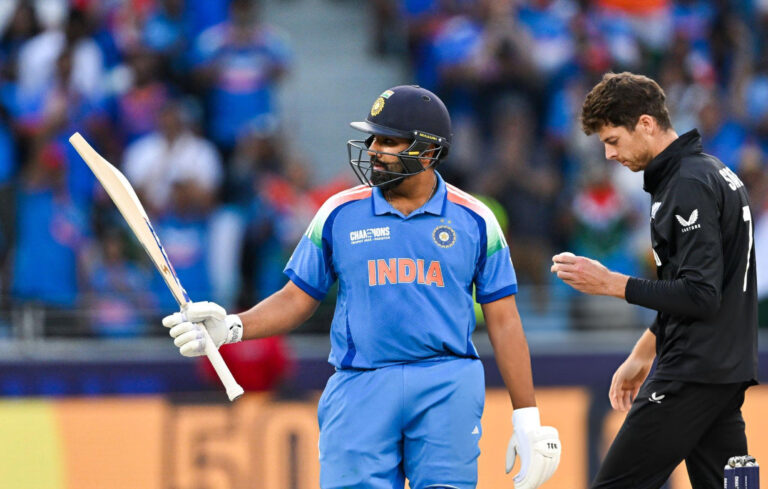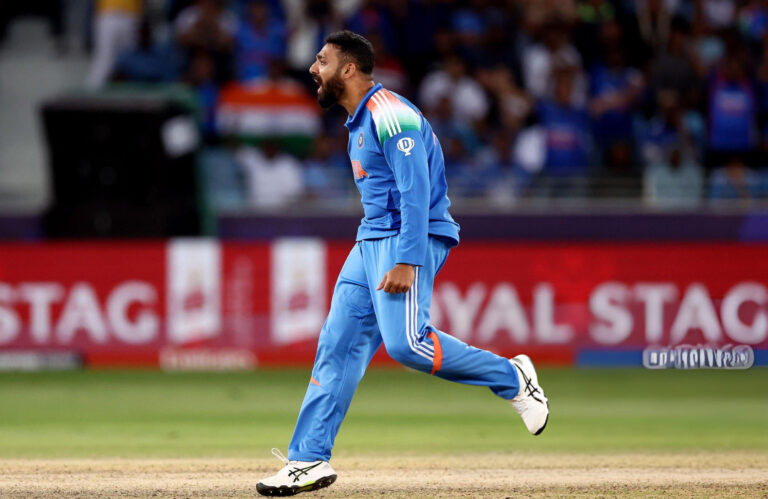
Cricket has always been a game of strategy, skill, and instinct, but the modern era has introduced a new game-changer: Artificial Intelligence (AI) and Data Analytics. Today, teams don’t just rely on talent—they leverage technology-driven insights to gain a competitive edge. From player performance tracking to tactical decision-making, AI and data analytics have transformed cricket into a science-backed sport.
In this blog, we explore the role of AI and data analytics in cricket labs, how they impact performance, and the way they are reshaping the game.
1. The Rise of AI in Cricket
AI in cricket refers to the use of machine learning algorithms, predictive modeling, and smart analytics to interpret massive amounts of match data. With thousands of deliveries, runs, and player movements recorded every match, AI helps teams extract meaningful patterns that would be impossible to detect manually.
Key applications include:
- Predictive Analytics: Forecasting player performance, likely outcomes of deliveries, and match results.
- Performance Optimization: Identifying strengths, weaknesses, and areas for improvement in batting, bowling, and fielding.
- Injury Prevention: Detecting fatigue or risk patterns to minimize injuries during training and tournaments.
AI ensures that decisions are data-driven rather than just instinctive, giving teams a measurable advantage on the field.
2. Data Analytics in Modern Cricket
Data analytics involves collecting, processing, and interpreting player and match statistics. It helps coaches and analysts make strategic decisions:
- Player Statistics: Strike rates, bowling economy, fielding efficiency, and batting average are tracked in real-time.
- Match Analysis: Detailed insights on pitch behavior, opposition strengths, and tactical tendencies.
- Team Selection: Data helps select players for specific conditions and match situations.
Analytics transform subjective assessments into objective insights, enabling smarter game plans.
3. AI-Powered Player Performance
AI evaluates individual players like never before:
- Batting Analysis: AI models analyze footwork, shot selection, and timing to suggest improvements.
- Bowling Insights: Detects delivery patterns, line and length consistency, and spin/swing variations.
- Fielding Metrics: Measures reaction times, catching accuracy, and agility in different positions.
These insights allow players to refine techniques and optimize strategies for every match scenario.
4. Predictive Modeling in Cricket
Predictive modeling uses AI to forecast future match scenarios based on historical data:
- Ball Trajectory Predictions: AI predicts where a delivery will pitch, its swing, and likely outcome against a batsman.
- Opposition Analysis: Anticipates bowler-batsman matchups and highlights potential scoring opportunities.
- Outcome Forecasting: Predicts probabilities of match results, helping captains make tactical choices.
This predictive power turns cricket into a more strategic and precise sport, giving teams insights that can directly influence match results.
5. Real-Time Analytics in Matches
AI and data analytics are not limited to post-match reports—they are actively used during live games:
- Live Dashboards: Track player performance metrics like run rate, bowling speed, and fielding efficiency.
- Dynamic Strategy Adjustments: Coaches can modify field placements, bowling rotations, and batting order based on live data.
- Fan Engagement: Broadcasts integrate analytics for enhanced fan experience, such as heat maps and wagon wheels.
Real-time insights ensure teams adapt quickly and capitalize on match dynamics.
6. AI for Injury Prevention and Fitness
Modern cricket demands intense physical and mental performance, and AI helps in monitoring health:
- Workload Management: Tracks bowling spells, running intensity, and training loads to prevent fatigue.
- Injury Risk Assessment: Predicts potential injuries by analyzing stress patterns, joint movement, and muscle strain.
- Recovery Optimization: Recommends rest, physiotherapy, or modified training schedules based on data.
Cricketers are now more resilient and better prepared, with fewer injuries disrupting performance.
7. Integrating AI in Cricket Labs
Cricket labs combine AI, data analytics, and other technologies to maximize player potential:
- Training Simulations: AI-driven virtual scenarios mimic opposition strategies for practice.
- Biomechanical Analysis: Tracks body movement and technique in batting, bowling, and fielding.
- Customized Fitness Programs: Data helps design role-specific strength, endurance, and agility training.
These labs ensure players train smarter, not just harder, with measurable improvements.
8. The Future of AI and Data Analytics in Cricket
The future promises even more innovative applications:
- AI-Assisted Coaching: Real-time suggestions during matches for batting, bowling, and fielding adjustments.
- Advanced Predictive Modeling: More precise predictions for match outcomes and player performance.
- Fan Interaction: AR and VR integration for immersive experiences, showing AI-driven insights live.
- Global Cricket Analytics Network: Teams sharing anonymized data to enhance training and strategy universally.
AI is set to redefine cricket strategy, training, and fan engagement in ways we are just beginning to explore.
Conclusion
The AI & Data Analytics Cricket Lab is transforming cricket from a sport based purely on skill and instinct into a science-backed, data-driven spectacle. From predicting player performance and match outcomes to enhancing fitness, preventing injuries, and engaging fans, AI ensures that modern cricket is smarter, safer, and more strategic.
As the sport continues to evolve, AI and analytics will become core elements of every professional team, shaping the future of cricket. Players, coaches, and fans alike are part of this exciting transformation, where technology meets tradition, and data drives excellence on the pitch.


